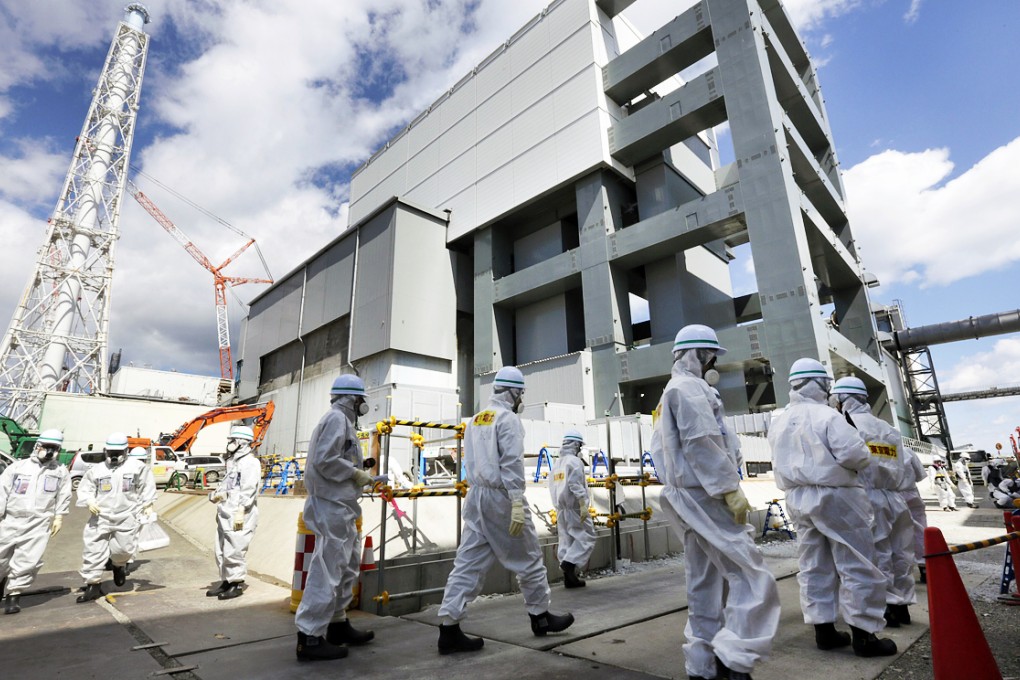Radiation from Fukushima meltdown begins washing up along North American coastline
Radiation from Japan's 2011 Fukushima nuclear disaster has for the first time been detected along a North American shoreline, though at levels too low to pose a significant threat to human or marine life, scientists said.

Radiation from Japan's 2011 Fukushima nuclear disaster has for the first time been detected along a North American shoreline, though at levels too low to pose a significant threat to human or marine life, scientists said.
Trace amounts of Cesium-134 and Cesium-137 were detected in samples collected on February 19 off the coast of Ucluelet, a small town on Vancouver Island in Canada's British Columbia, said Woods Hole Oceanographic Institution scientist Ken Buesseler.

But the levels the group detected were extremely low. For example, swimming in the Vancouver Island water every day for a year would provide a dose of radiation less than one thousandth of that delivered by a single dental X-ray, Woods Hole said.
In March 2011, an earthquake and tsunami struck the Fukushima nuclear plant, 200km northeast of Tokyo, sparking triple nuclear meltdowns, forcing more than 160,000 residents to flee from nearby towns, and contaminating water, food and air.
Buesseler said he expected similar low cesium levels to gradually reach other North American shores, possibly extending along the US West Coast from Washington state to California.